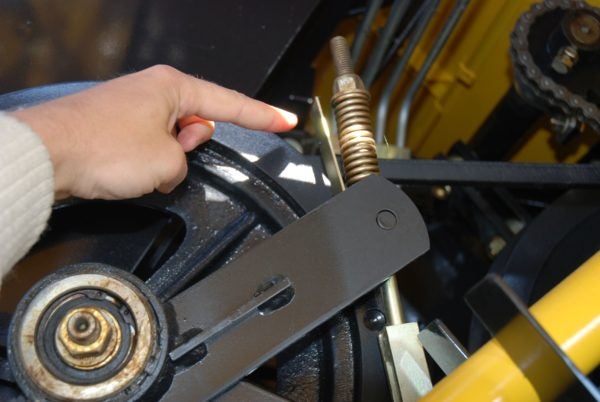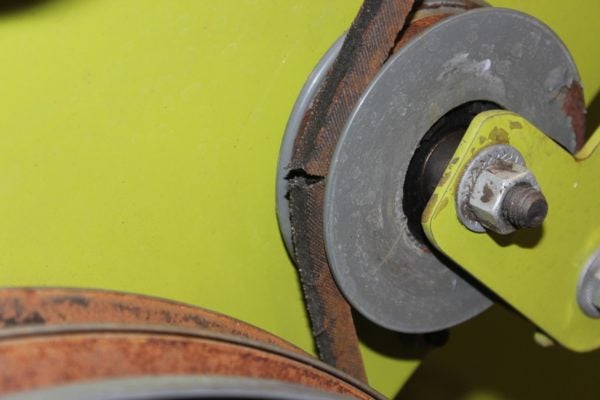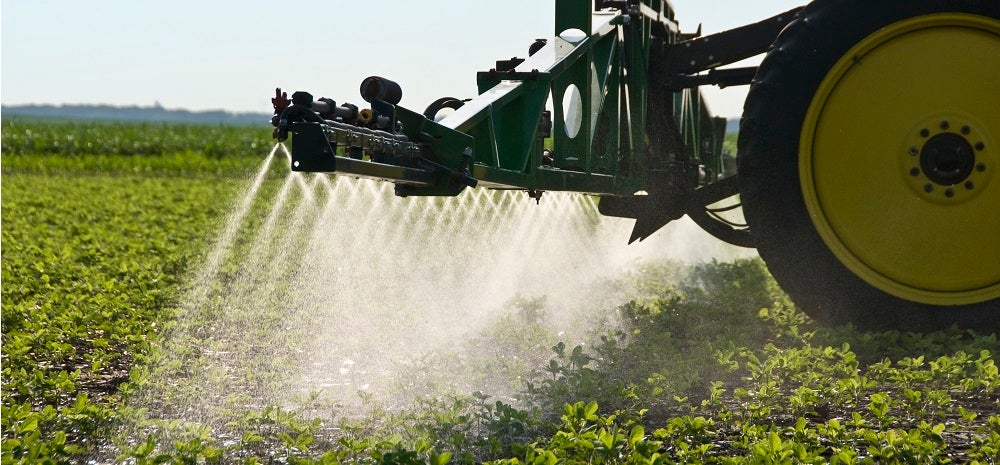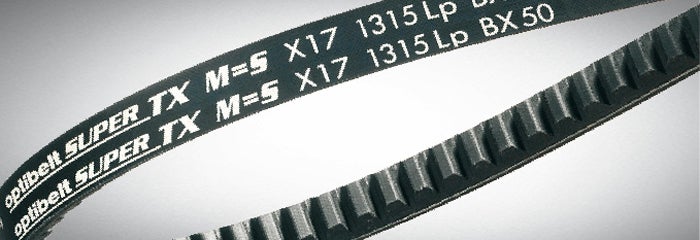V-Belts Are the Drive of Your Machine. This is What You Need to Know!
V-Belts play a critical role in the drive systems of harvesting machines. Ensuring their optimal condition and tension is essential both before the harvesting season and as a daily machine inspection routine. Here's guidance on proper maintenance and belt selection.
The V-Belt, with its trapezoidal shape and rimless structure, provides strong friction even at low tension. Multiple V-Belts can be used in high-speed machinery like lawnmowers or forage harvesters for increased power transfer. Joint belts, formed by combining V-Belts with an elastic cover, are especially effective at carrying heavy loads compared to standard belts with similar ridge widths.
Check Tension and Wear
When checking belt tension, it's crucial to ensure that the belts are appropriately tight. However, in certain machine assemblies, like the hedge drive or threshing machine, it may be necessary to loosen the belts when the engine is not running. The instruction manual contains the procedure for stopping the machine without needing to loosen the belts. This ensures that the belts are maintained at the right tension while safely shutting down the equipment.

Inadequate tension in the belt can lead to slippage, typically occurring during high-load machine operation. This can result in improper functioning of the driven units. The concerning issue is that a slipping belt generates significant heat and is at risk of ignition, potentially leading to fires. Furthermore, it's important to note that belts are engineered to operate within a temperature range of 70-80°C, and in some instances, up to 100°C. Beyond these thresholds, belts experience accelerated wear and deterioration.
Conversely, excessive tension has adverse effects, diminishing the belt's lifespan and leading to cracks and accelerated wear. Additionally, it places undue stress on pulley bearings, causing them to wear out more rapidly due to excessive loads. Automatic tensioners alleviate this concern by utilizing a spring mechanism to ensure precise and consistent tension, eliminating the need to manually adjust and providing optimal belt performance.
Once more, it's crucial to emphasize that incorrect tension or adjustment can result in problems and avoidable damage. In this article, we've provided a concise guide to help you understand key considerations when replacing a V-Belt.

Do Not Be Hesitant With the Replacement
The primary cause of drive belt damage is material aging, with rubber losing elasticity and fibers weakening over time. To prevent unexpected breakdowns, especially in sensitive drive systems, it's advisable to replace belts periodically, even if they seem functional. Belts deteriorate even when machinery is idle, leading to surprises like combine harvesters breaking down at the beginning of a season despite running smoothly in the previous year.
Following the installation of a new belt, it's essential to pre-adjust the tension. The machine should then be started to allow the mechanism to operate for a brief period. After shutting off the machine, it's crucial to recheck the tension to ensure it remains at the optimal level. This meticulous process helps ensure the belt operates effectively and safely within the machinery.
Belt Selection
V-Belts come in standardized dimensions, with markings for width, height, length, and profile. To choose the right belt without knowing its marking, start by measuring the width, height, and external length of the old belt using a caliper. These measurements are essential for selecting a suitable replacement.

V-belts come in different quality versions, often categorized as standard, reinforced, and super, denoted by green, yellow, and red markings, respectively. These variations reflect differences in speed tolerance, temperature resistance, and overload capacity. In agricultural machinery, where resistance to oils and greases is crucial, choosing a higher-quality belt usually results in a longer service life and better performance.

Are you going to get started with V-Belts? Read carefully what you must do to use the drive of your machine in the best way. Do you need advice? Contact one of our experts.
